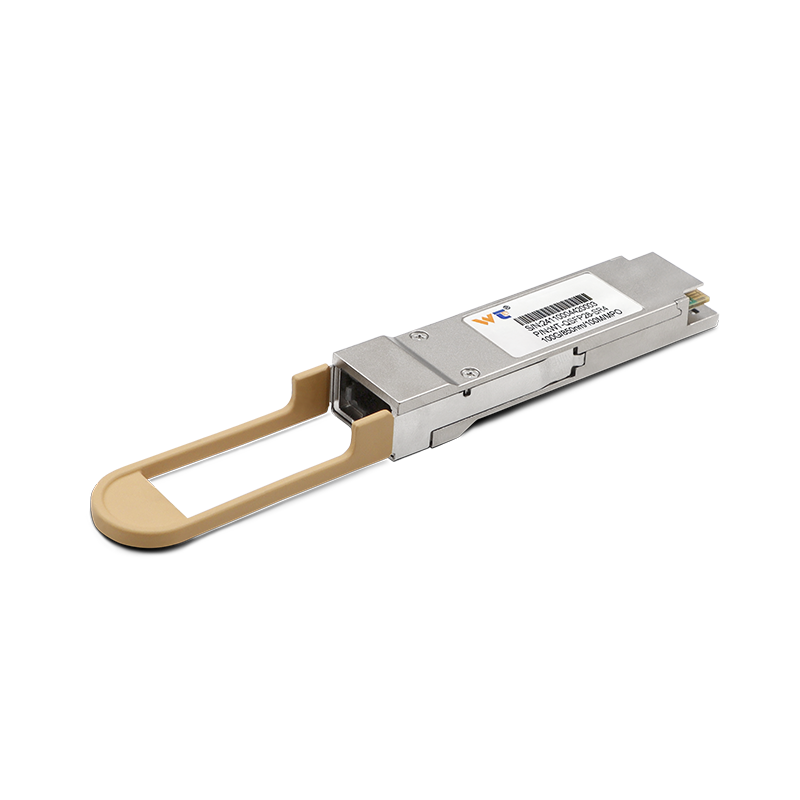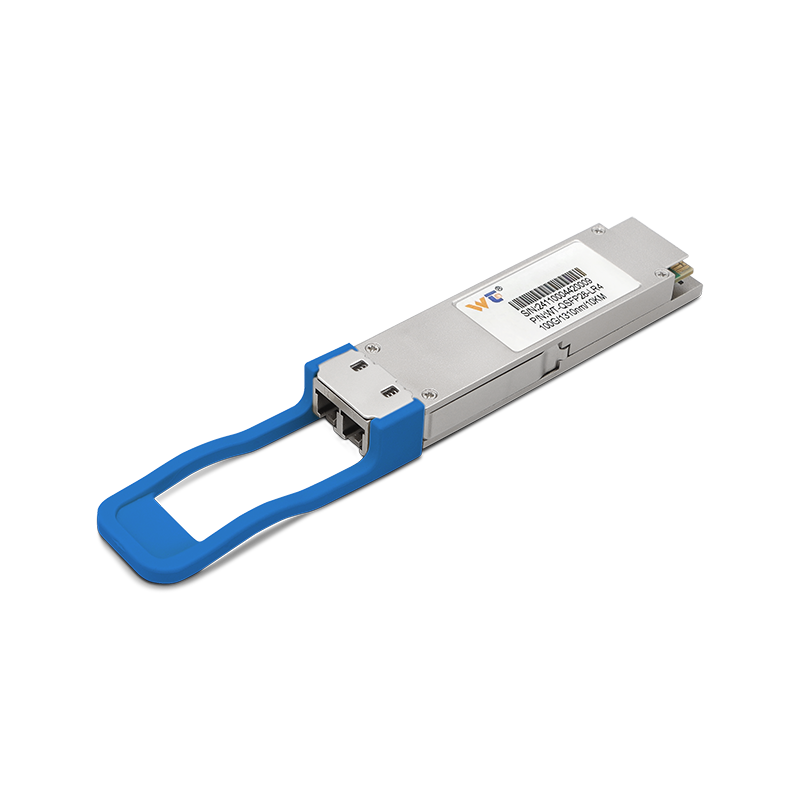Enabling inter-VLAN communication is like unlocking a new level in the networking game, essential for anyone diving into the intricate world of network engineering. As someone who has gone through the rigors of high school essay-writing and now finds myself navigating the tech landscape, I see firsthand how vital it is to deftly handle VLANs (Virtual Local Area Networks) while keeping our networks connected and our traffic efficiently segmented. With this in mind, let’s break down the essentials for setting up inter-VLAN routing in a way that’s not just informative but also motivating.
To start with, think of VLANs as little islands within a larger sea of network traffic. Each VLAN serves as its own little broadcast domain, helping to contain the chaotic flares of broadcast traffic that might otherwise spill over into neighboring VLANs. However, what happens when these islands need to communicate? Enter the router-on-a-stick approach! Picture this: a single physical router interface is sliced into numerous sub-interfaces, each one tagged with a VLAN. This clever implementation allows traffic to flow seamlessly between VLANs while still retaining the advantages of segmentation.
Now, don’t let the tech jargon intimidate you—the steps for setting this up are pretty straightforward. First, ensure that your switch is VLAN-capable, and get those VLANs configured. Each one will need a unique VLAN ID (VID) so they can each stand out in the crowd. Next up, you’ll want to enable trunking on the switch port that connects to your router. Think of trunk ports as highways that let all VLAN traffic zoom by. After that, on your router, it's time to create those sub-interfaces for every VLAN and assign them appropriate IP addresses from their respective subnets. Wrapping it all together, you’ll enable a routing protocol to help facilitate communication among these VLANs. Just a friendly reminder: careful IP addressing and subnetting are key to keeping things smooth and without conflicts.
Understanding VLANs, trunking, and routing protocols will be your bread and butter when it comes to configuring inter-VLAN communication. A VLAN, simply put, helps network admins carve up a larger network into bite-sized sections that enhance both security and efficiency. Trunking, on the other hand, is like using a mega cable to transport multiple VLANs simultaneously via tagging protocols like IEEE 802.1Q. The router-on-a-stick method is a fan favorite among network professionals for its simplicity in routing configurations, keeping all the nitty-gritty at the switch level.
So, let’s walk through how to effectively enable inter-VLAN communication:
- Define Your VLANs: Fire up the switch and start creating VLANs, assigning ports as needed.
- Set Up Trunking: Make sure the switch port connected to the router is set as a trunk port, ready to handle multiple VLANs.
- Create Sub-Interfaces: On that router, whip up sub-interfaces for each VLAN and assign the right IP addresses to them.
- Enable Routing Protocol: Choose a routing protocol that fits the vibe of your network, making sure it’s activated for those shiny new sub-interfaces.
- Test the Waters: After you’ve done all the heavy lifting, run some connectivity tests between devices on different VLANs to confirm that inter-VLAN communication is, indeed, firing on all cylinders.
If you’re feeling adventurous, consider diving into VLANs while exploring some cutting-edge routing techniques or the fascinating realm of software-defined networking (SDN). Future research could delve into creating scalable and automated inter-VLAN communication methods that are sure to blow your mind. Investigating how various routing protocols fuse within complex networks could unveil layers of intricacies and how automation can save us from human error. Now, isn’t that something worth pondering?
Once you’ve wrapped your head around these strategies, you should see a noticeable upgrade in your cross-VLAN communication efficiency, which in turn enhances the entire performance of your network.
As you embark on this configuration adventure, don’t forget the importance of meticulous documentation, ongoing performance monitoring, and staying adaptive. Each installation is unique, and fine-tuning based on real-world behavior will only lead to more polished results.
To sum it all up, enabling inter-VLAN communication isn’t just a task—it’s a crucial stepping stone in the evolution of network management. By acing this skill, you're on track to boost network performance and security while laying the groundwork for robust scalability. Armed with a hefty dose of practical know-how and actionable steps, I genuinely urge you to dive into these configurations and watch your networking prowess grow. Let’s get to it and create cutting-edge, adaptable networks that today’s businesses truly need!






